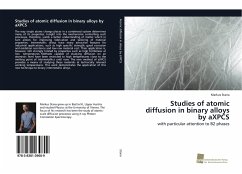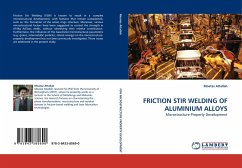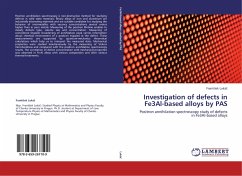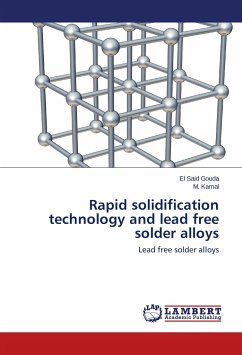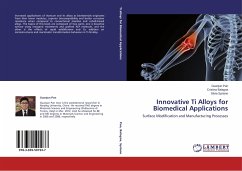The way single atoms change places in a condensed system determines many of its properties. Insight into the mechanisms controlling such processes, therefore, yields a better understanding of matter which in turn allows for improving fabrication and tailoring of material properties. Intermetallic alloys have many attractive features for industrial applications, such as high specific strength, good corrosion and oxidation resistance and low raw material cost. Their application is, however, still strongly limited by properties such as high brittleness at low temperatures. Methods capable of studying diffusion on an atomistic level have been restricted to high temperatures close to the melting point of intermetallics until now. The new method of aXPCS provides a means of studying these materials at technically relevant working temperatures. This work demonstrates the application of this new technique to binary intermetallic alloys.
Bitte wählen Sie Ihr Anliegen aus.
Rechnungen
Retourenschein anfordern
Bestellstatus
Storno

